Bal Khabra is the author of the best-selling Off the Ice series. She has mastered the art of writing a delicious romance. When not writing the next great addition to her series, she spends her time in the Great Canadian Outdoors with loved ones to find fresh air and inspiration.
Hockey romance is hot. Like, melt-your-helmet-off, giggle into your pillow, hot. And that is a fact no one is arguing with. As both a reader and writer of the sub-genre, I know that when I see a colorful illustrated cover with a fictional man in hockey gear, I’m in for a great time. But what I hadn’t expected is just how deeply relatable these stories can be.
Because here’s the other truth: vulnerability is also hot.
Growing up Canadian, I was surrounded by hockey and slightly unhinged fans. On TV, we saw determination, grit, and interviews that made me wonder if hockey players’ vocabulary went beyond “yeah” and “no.” But as I found myself drawn in to the game, I knew there was more behind the curtain—or plexiglass, if you will.
Sure, there’s the obvious thrill, the speed, the tension, the brawls, but it’s the human side that keeps me coming back. That’s what I’ve seen reflected in the hockey romances I read, and the ones I write. Because beneath the helmets, there’s a vulnerability that always shines through.
First, we’ve got the whole “found family” aspect. In school, like most of us I navigated a sea of friends and frenemies, trying to figure out where I belonged. When I started writing hockey romances, I knew this had to be part of the story. College hockey teams aren’t just rosters, they’re full-blown squads of late-night practice survivors, teammates living together without killing each other, road-trips and shared hotel rooms, and pranks no one can take seriously. It’s important that these relationships aren’t just good ole’ background fluff; they’re emotional scaffolding for the heart. Characters who’ve never had unconditional support discovering a family they choose for themselves? Yup, that’ll keep me staring at the wall for a few hours.
Outside of the obvious bromance, we’ve got a character who’s never experienced anything like it. Suddenly, they’ve got a nickname, a seat at the table, and a shoulder to cry on before they can even process what’s happening. Cue panic: “Wait… do I even deserve this?” That fear of unearned love, of thinking maybe all this care and attention is too much. (hits a little too close to home, doesn’t it?). Then, flip the coin. On the other side, we’ve got a character who’s only ever known the ice and suddenly realizes there might be something else worth prioritizing. It’s the balancing act between love and passion, desire and discipline, heart and hockey. The once one-dimensional player starts to unravel, revealing a man who cares, who has fears, who’s willing to show love, and realizing that life might be bigger than the rink.
Next up: identity. This one’s huge for me because my goal in these books is to be as authentic as humanly possible while showcasing my own lived experiences. I grew up surrounded by a massive melting pot of people and identities, whether cultural, ethnic, or personal, so it felt natural to reflect that in my stories. In these books, characters can fully be themselves, navigating school, friendships, and romance while proudly holding onto their roots. And it’s the little things that make it feel real. Hair oiling rituals, favorite foods that spark nostalgia, the way they dress. Then more niche things like a Turkish drama obsession, a need to plan out her entire life from the age of eight and a love for swimming that reflects their need to move away or be the quiet of the water when the world is too loud. These characters are multidimensional like the people I meet in my life and the person I am. These things matter, and I love when I read characters with niche interest that someone I know would have. Like one of my friends who collects vintage items like tiny TVs and radio’s because she feels they’re the best form of media, or another who buys old violins, restores them and gives them to her students for free, just for them to learn. These details or quirks lend to creating a background that is authentic to the character and who they’re representing. It’s about being unapologetically you.
Mental health, of course, we cannot skip. The anxiety, the panic, the guilt, the shame—all of it is there. And it’s not “plot filler.” It’s what makes the character motivations make sense to us. Most of the things I do in my life is to either overcome my anxiety (finally show it who’s the boss) or just feel safe in my own body. As human beings who better to understand the million emotions in our heads and how they impact our decision-making? There’s something almost nail-biting yet relaxing about watching a character face their fears, cry on their once emotionless coaches’ shoulder, and then still lace up their skates the next day.
Now, as an adult who still somehow loves hockey (seriously, how? my team keeps losing), it makes total sense that I’m so inspired by characters who embody everything I adore all at once. It blows my mind how a simple sport led me somewhere I never expected. Even as a kid, making up stories about players in my head, I never imagined it would bring me here.
Hockey romance is hot. Vulnerability is hot. But the real thing that sets off the buzzer? It’s that these stories, if we go beyond the tropes, manage to be healing and relatable just the same. It’s a lens through which we can explore identity, mental health, and love in all its messy, humanness of being you. And if a little swoony, steamy, banter-y romance happens along the way, well, that’s just the cherry—or puck on top.
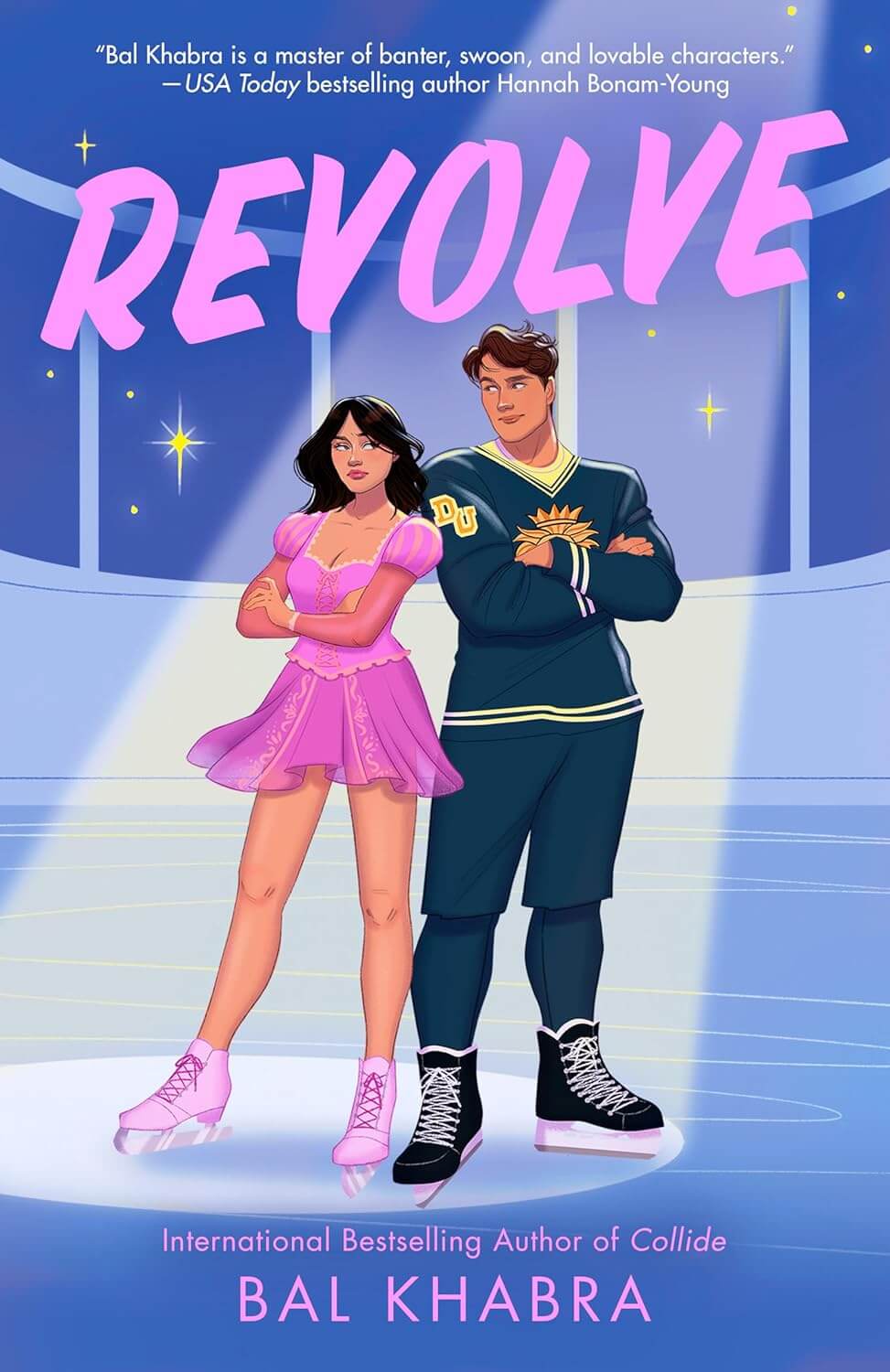
Revolve by Bal Khabra
One is banned from the ice, the other too fearful to face it. Sierra Romanova has lived in fear of figure-skating after an accident on the ice threatened to destroy her Olympic career, but she has decided to finally face it and return to the fray… and it only has a little bit to do with finally proving the goading words of Dylan Donovan wrong. Dylan, ever hot-headed, is trying to find his way back to the ice rink after being booted from his hockey team for reckless behavior. With their combined skill, they’d be the perfect pairs partners if only they could see eye-to-eye.
Buy the book now: Bookshop.org | Amazon | Barnes & Noble

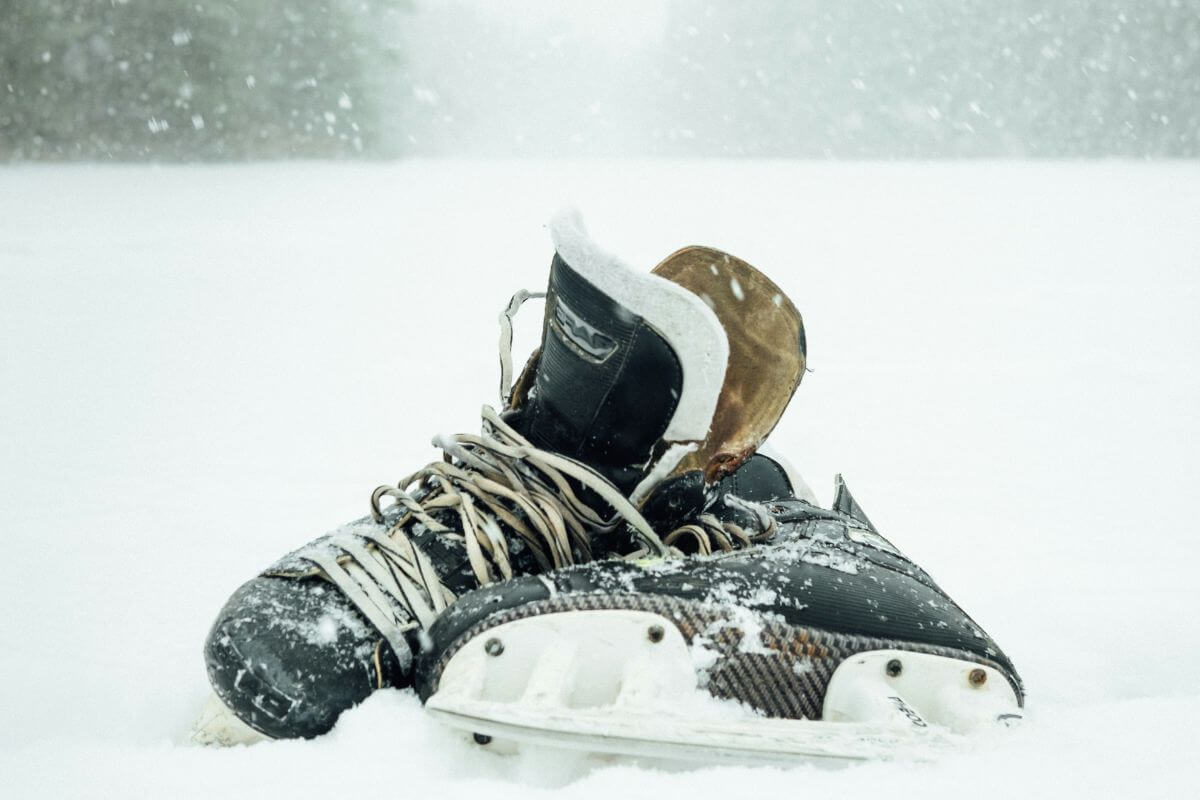
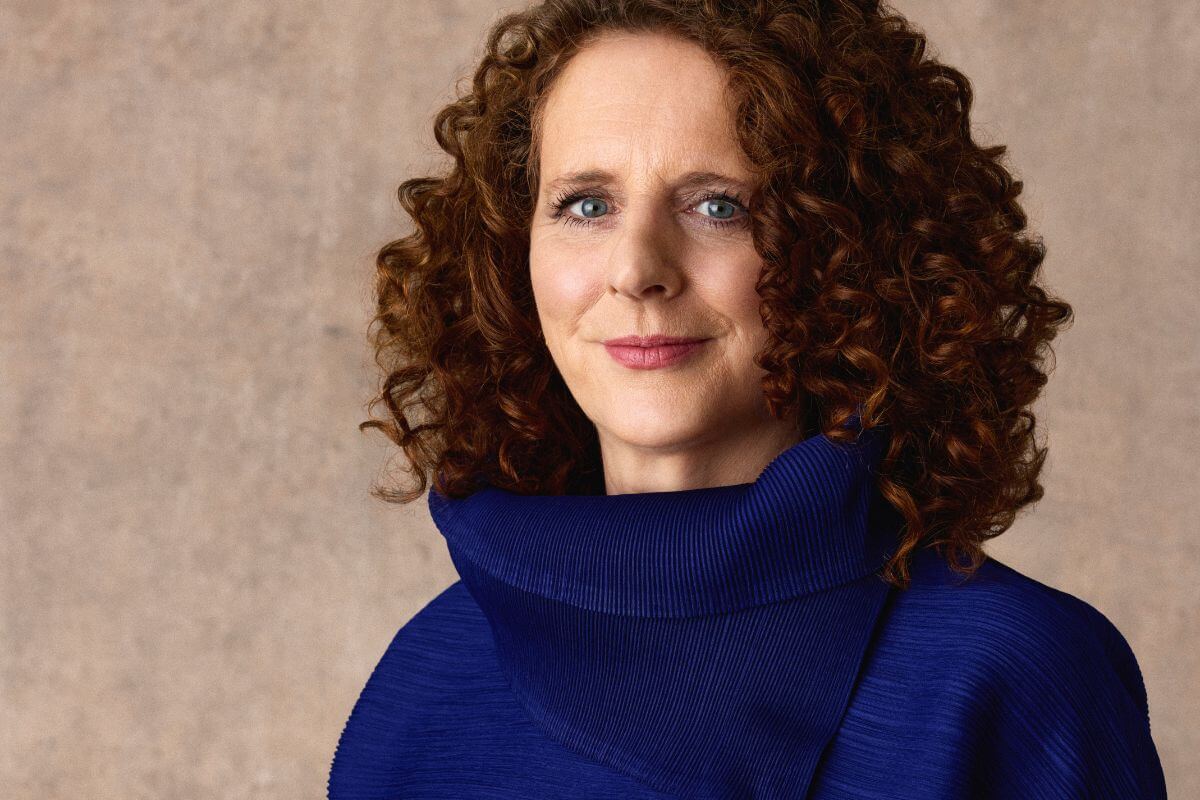



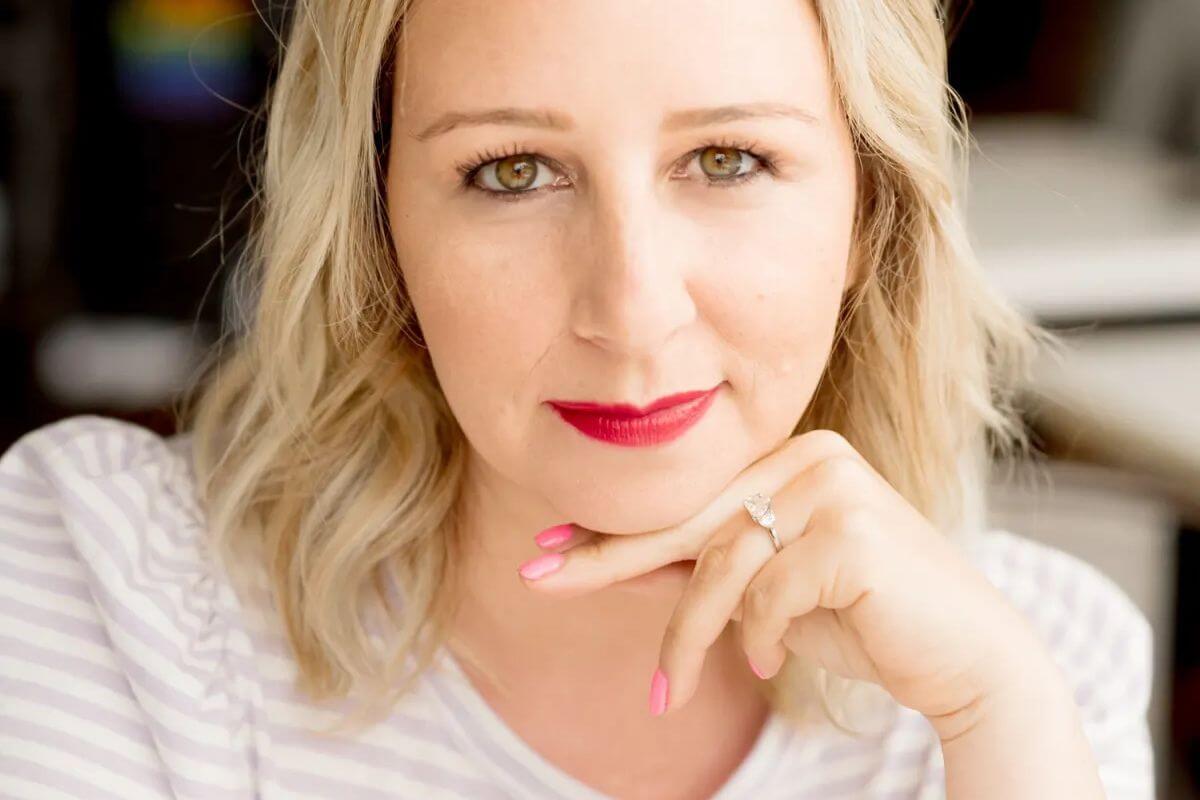

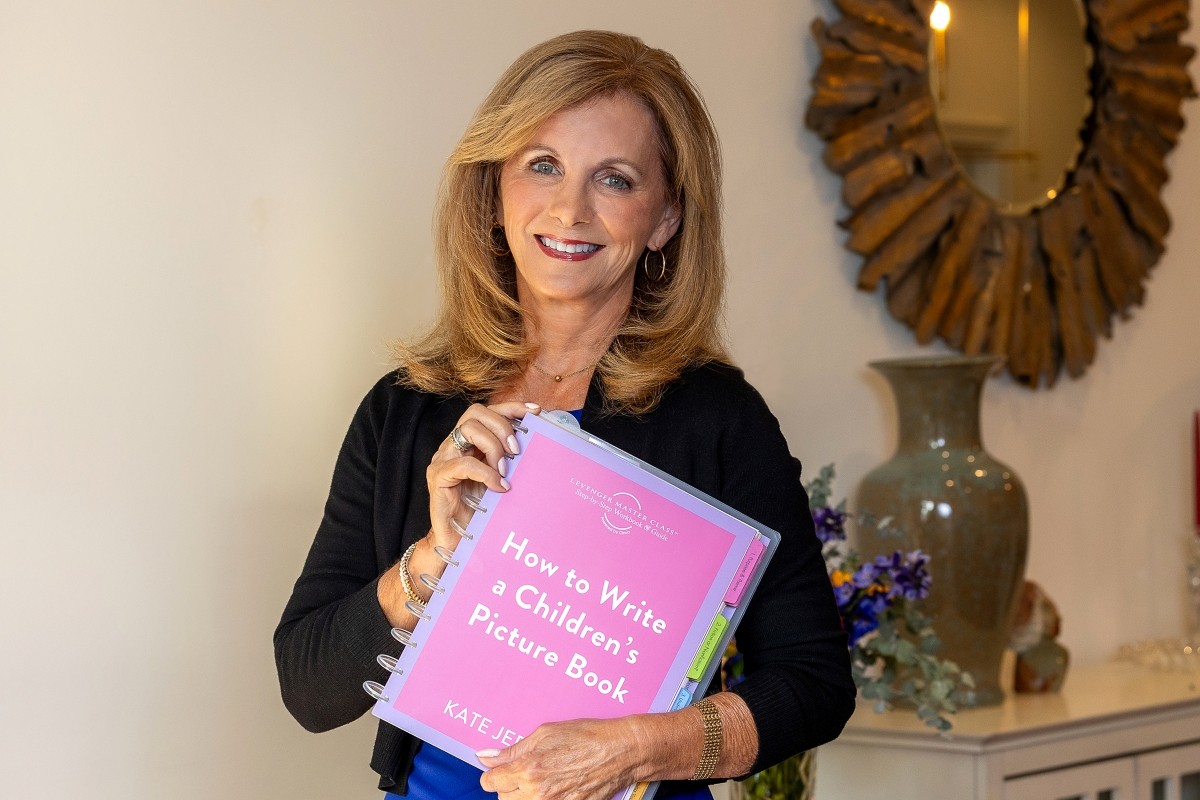
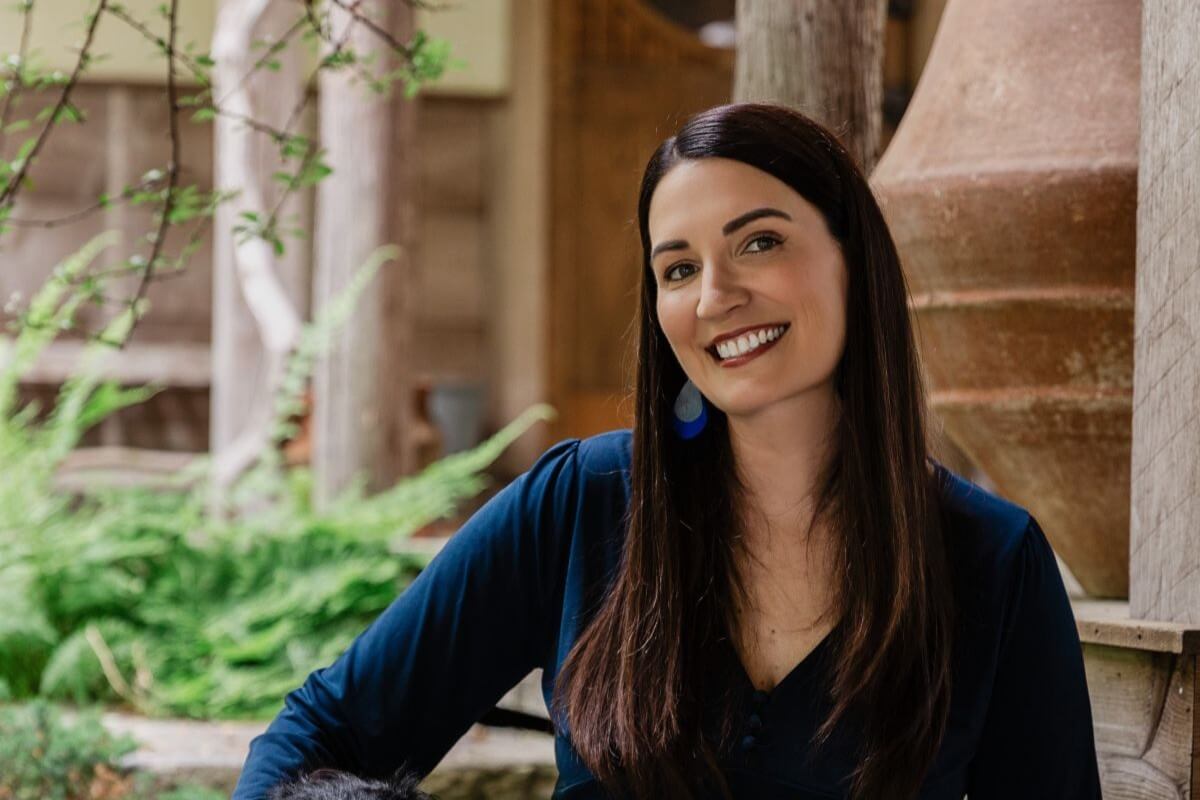
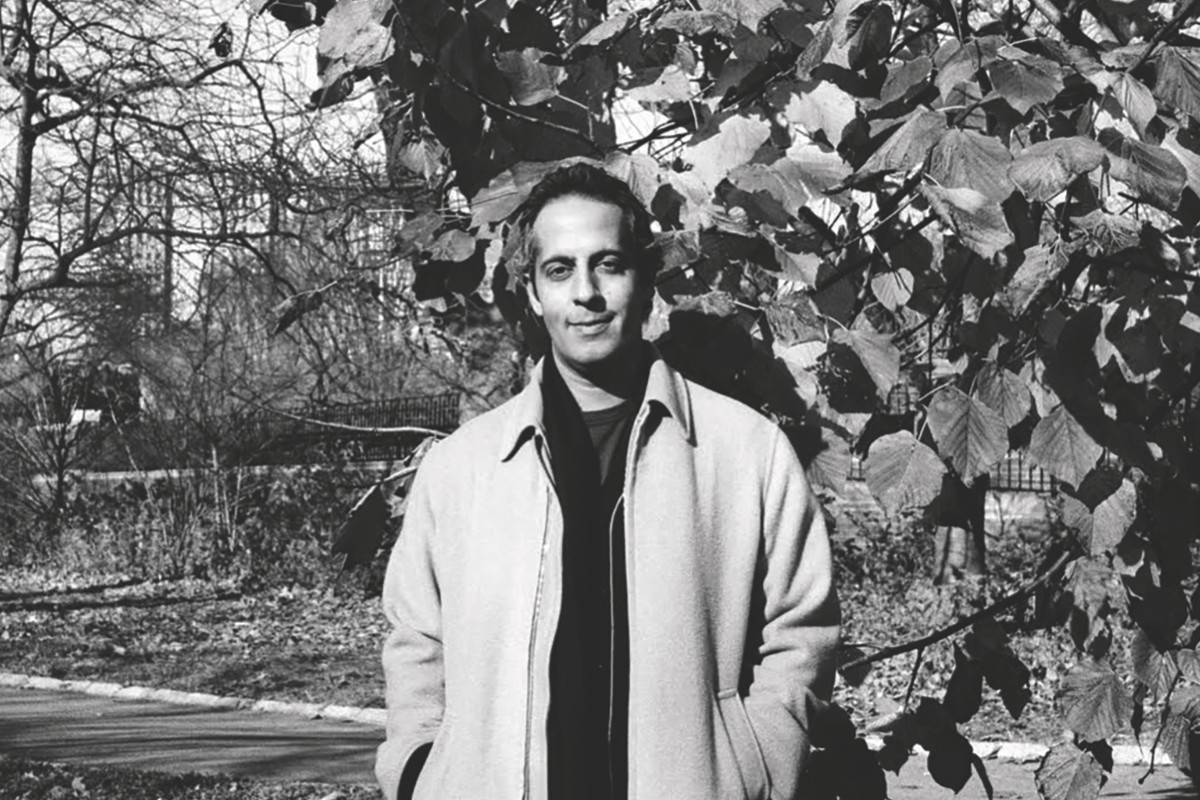
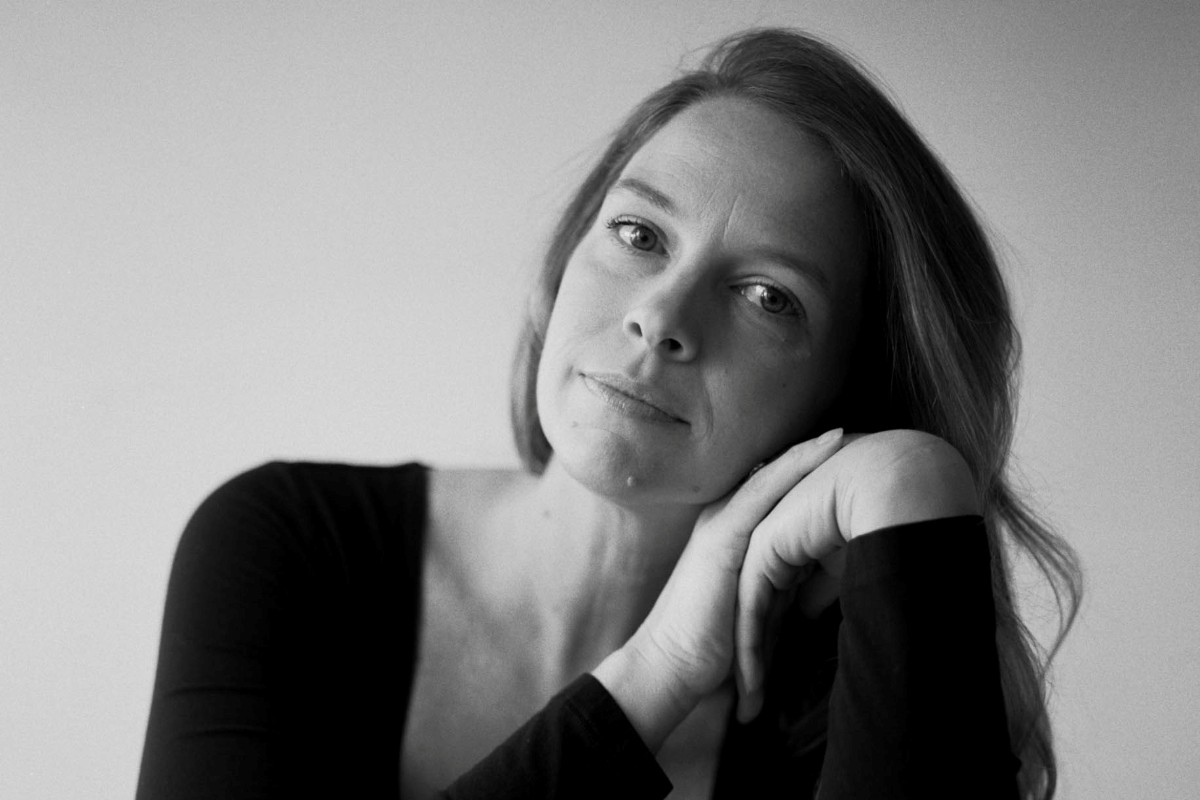
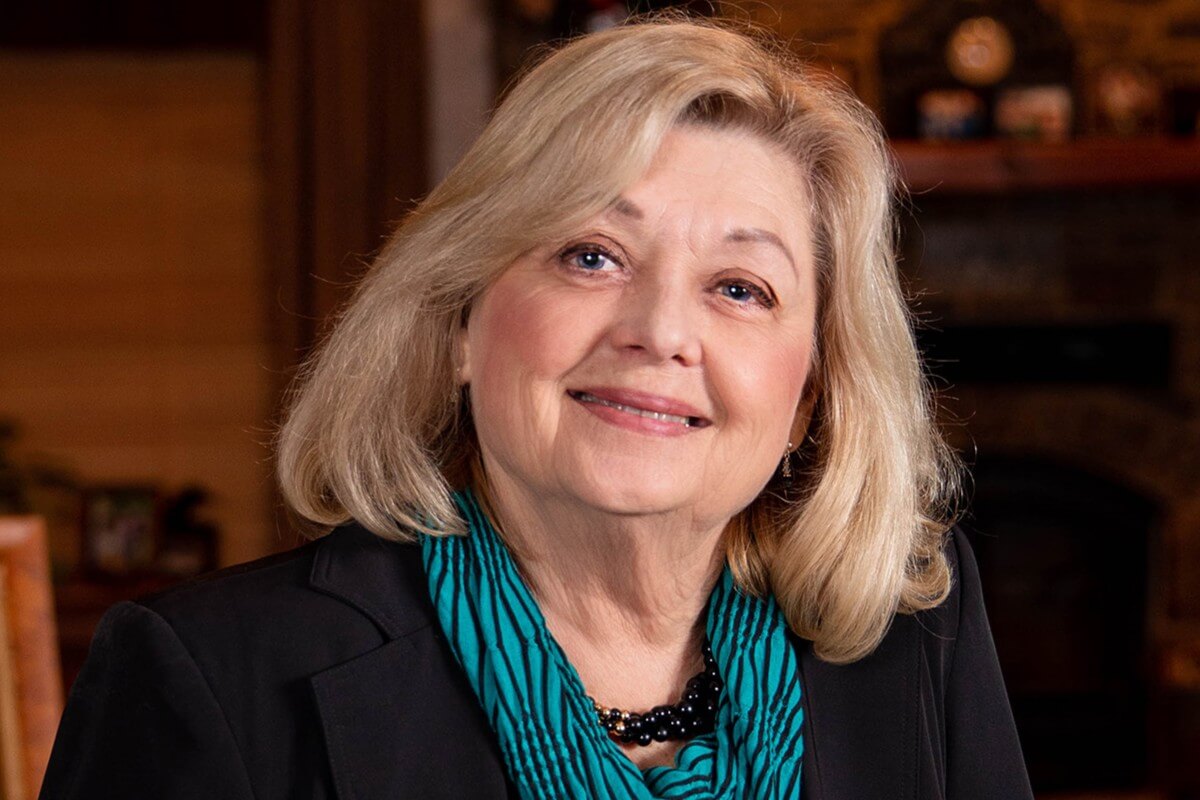
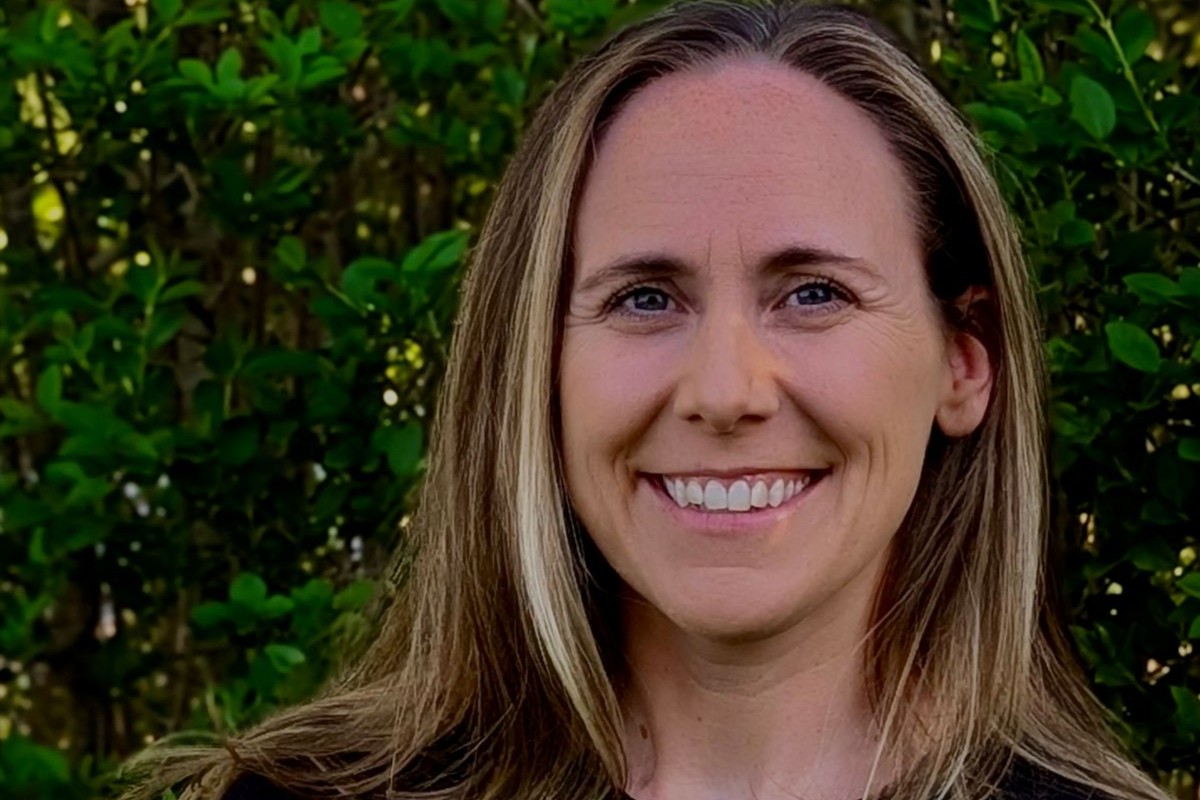
Leave A Comment